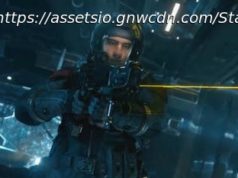 Laws govern the conduct of humans, and sometimes the machines that humans use, such as cars. But what happens when those cars become human-like, as in artificial intelligence that can drive cars? Who is responsible for any laws that are violated by the AI?
Laws govern the conduct of humans, and sometimes the machines that humans use, such as cars. But what happens when those cars become human-like, as in artificial intelligence that can drive cars? Who is responsible for any laws that are violated by the AI?
This article, written by a technologist and a lawyer, examines that future of AI law.
The field of AI is in a sort of renaissance, with research institutions and R&D giants pushing the boundaries of what AI is capable of. Although most of us are unaware of it, AI systems are everywhere, from bank apps that let us deposit checks with a picture, to everyone’s favorite Snapchat filter, to our handheld mobile assistants.
Currently, one of the next big challenges that AI researchers are tackling is reinforcement learning , which is a training method that allows AI models to learn from its past experiences. Unlike other methods of generating AI models, reinforcement learning lends itself to be more like sci-fi than reality. With reinforcement learning, we create a grading system for our model and the AI must determine the best course of action in order to get a high score.
Research into complex reinforcement learning problems has shown that AI models are capable of finding varying methods to achieve positive results. In the years to come, it might be common to see reinforcement learning AI integrated with more hardware and software solutions, from AI-controlled traffic signals capable of adjusting light timing to optimize the flow of traffic to AI-controlled drones capable of optimizing motor revolutions to stabilize videos.
How will the legal system treat reinforcement learning? What if the AI-controlled traffic signal learns that it’s most efficient to change the light one second earlier than previously done, but that causes more drivers to run the light and causes more accidents?
Traditionally, the legal system’s interactions with software like robotics only finds liability where the developer was negligent or could foresee harm. For example, Jones v. W + M Automation, Inc.






